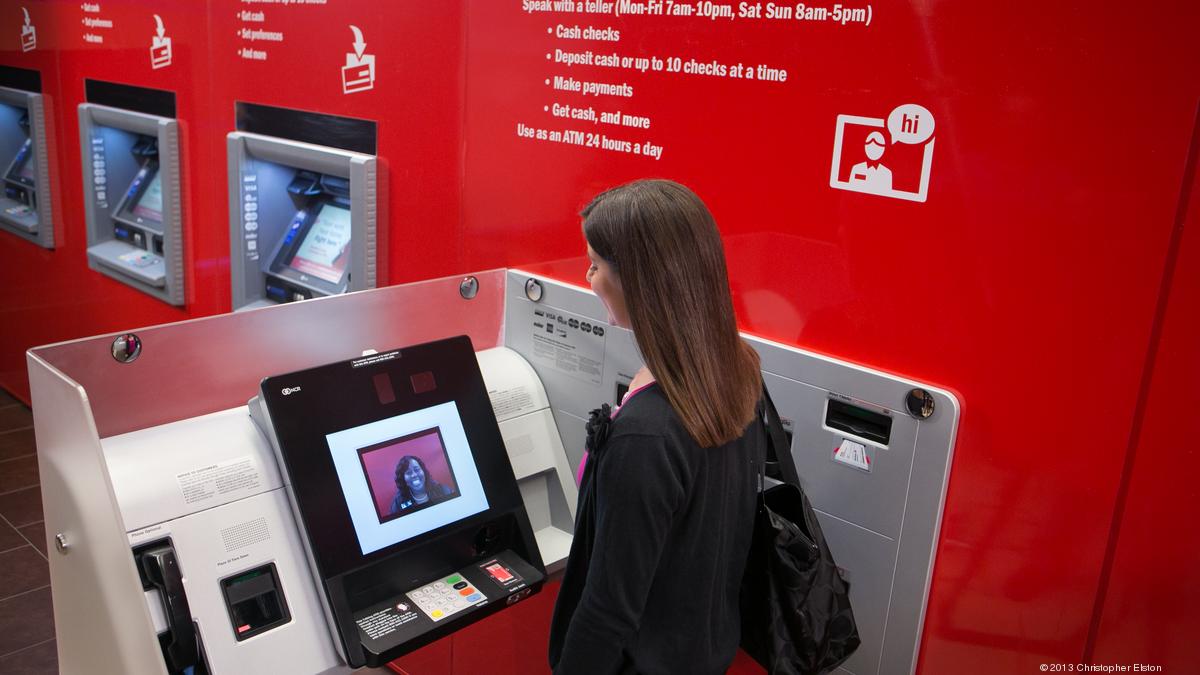

Finance
Interstate Banking Definition
Published: December 12, 2023
Learn about the definition and significance of interstate banking in the finance industry. Explore how it impacts financial institutions and their operations.
(Many of the links in this article redirect to a specific reviewed product. Your purchase of these products through affiliate links helps to generate commission for LiveWell, at no extra cost. Learn more)
Understanding Interstate Banking: Definition and Key Benefits
Welcome to our finance blog post series! Today, we’ll be diving into the intriguing world of interstate banking. If you’ve ever wondered about what interstate banking entails and the advantages it can bring, you’ve come to the right place.
Key Takeaways:
- Interstate banking refers to the ability of banks to operate branches in multiple states, expanding their geographic reach.
- This practice allows banks to provide customers with more financial services, foster competition, and increase efficiency.
So, what exactly is interstate banking? Simply put, it refers to the practice of banks operating branches in multiple states within a country. Traditionally, banking operations were constrained within state lines due to regulations put in place to prevent banks from becoming too powerful and monopolistic. However, with the introduction of interstate banking, financial institutions were able to expand their footprint and establish a broader customer base.
Let’s delve deeper into the benefits of interstate banking that have led to its widespread adoption:
1. Increased Financial Services:
With interstate banking, banks can provide customers with a wider range of financial services. Customers no longer need to rely solely on local banks to meet their financial needs. Interstate banking allows for access to a broader array of products and services, such as mortgages, loans, investment options, and insurance, that may not have been available otherwise.
2. Enhanced Competition and Efficiency:
Interstate banking fosters competition among banks operating in different states. This competition incentivizes banks to improve their services, offer competitive interest rates, and introduce innovative products. As a result, customers are presented with more choices and better financial options.
Furthermore, interstate banking promotes greater efficiency within the banking industry. Banks can optimize their resources by consolidating functions, streamlining operations, and reducing redundant costs associated with operating multiple banking charters in different states. This efficiency often translates to improved customer service and expanded access to banking facilities.
Undoubtedly, the advent of interstate banking has revolutionized the banking landscape and opened up exciting possibilities for both financial institutions and customers. By breaking down geographical barriers, interstate banking has transformed the way we bank, offering convenience, flexibility, and expanded financial opportunities.
We hope this blog post has shed light on the definition and value of interstate banking. Whether you’re a finance enthusiast or an individual interested in maximizing your banking options, understanding the workings of interstate banking is key to making informed financial decisions.
Stay tuned for more informative blog posts from our finance category, where we’ll explore a myriad of topics to help you navigate the complex world of personal and business finance.














